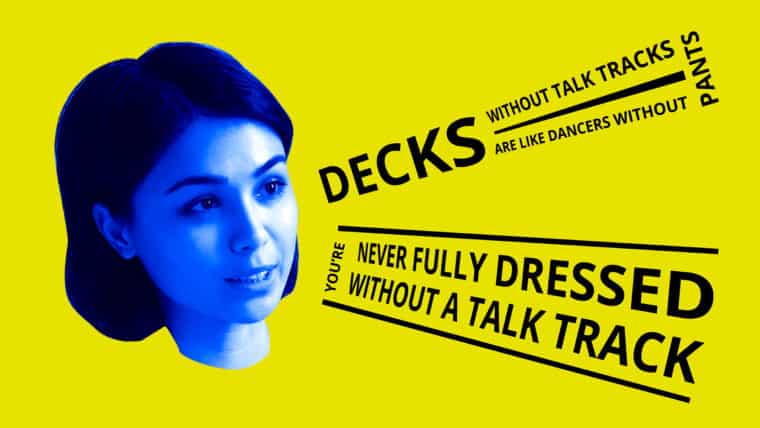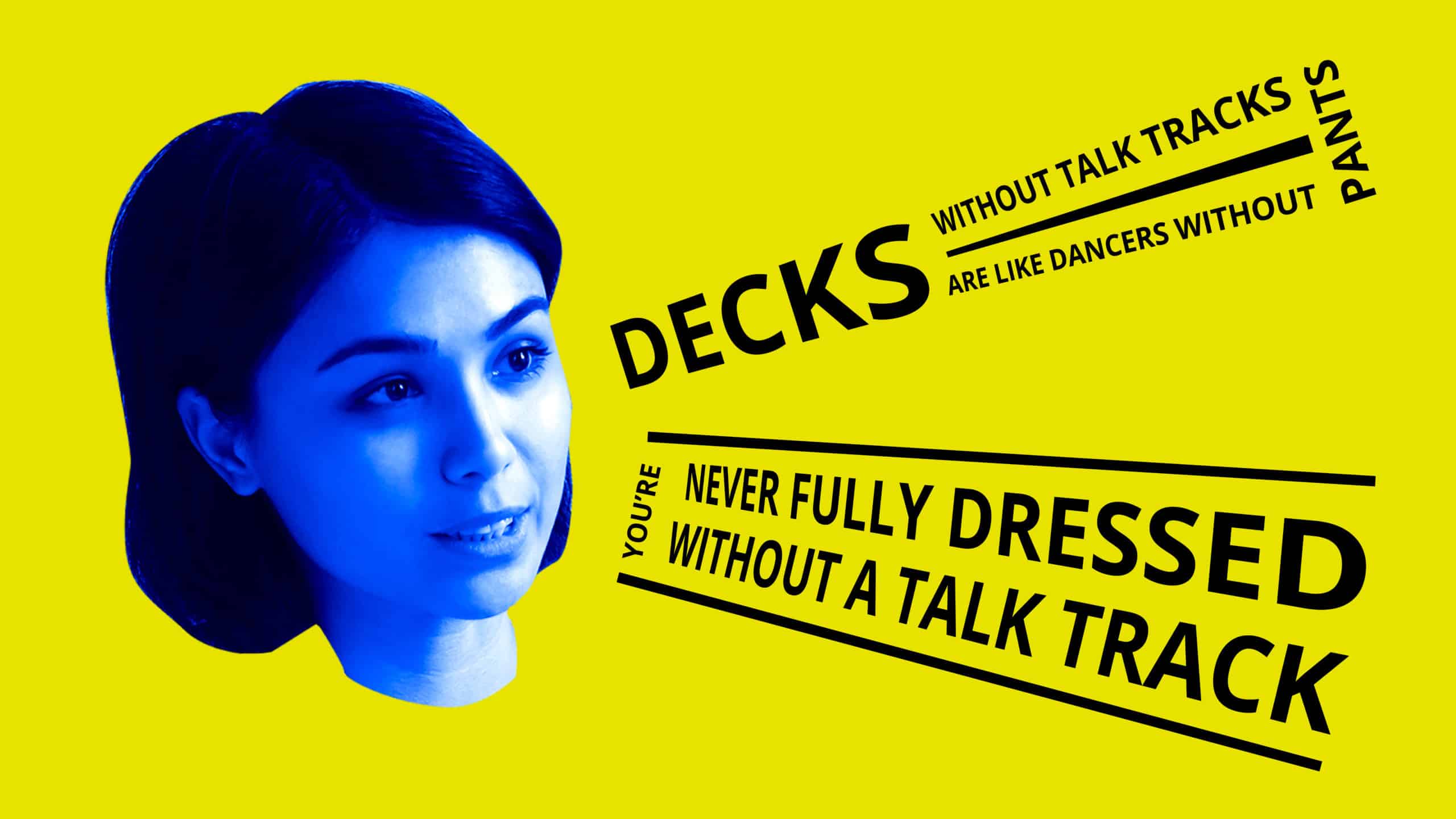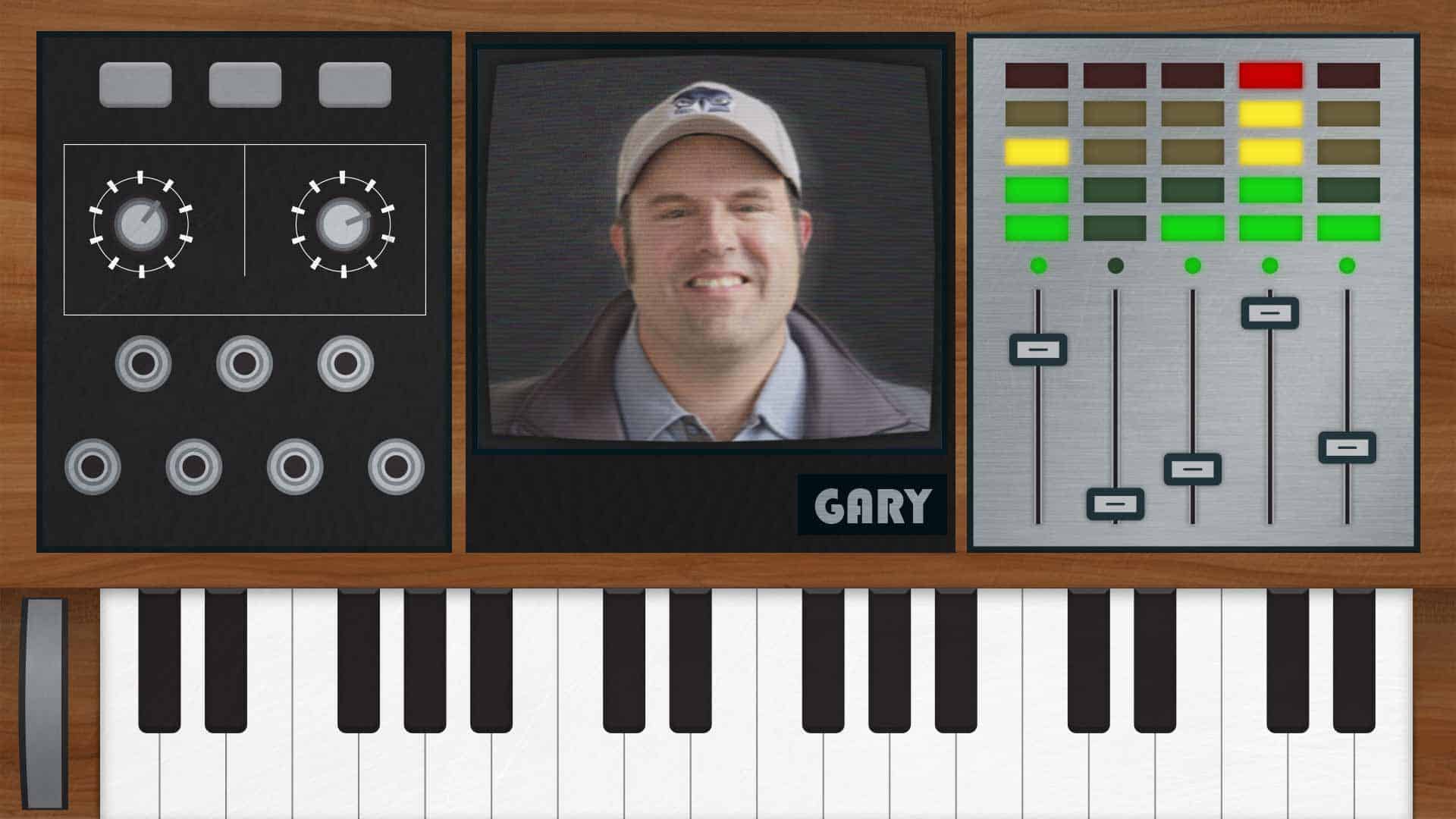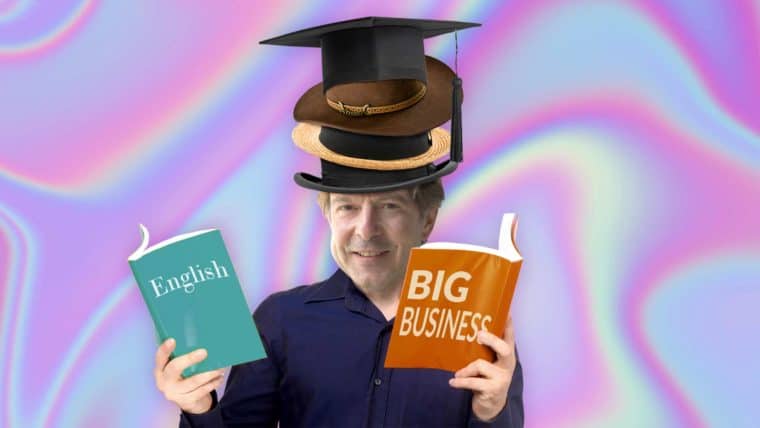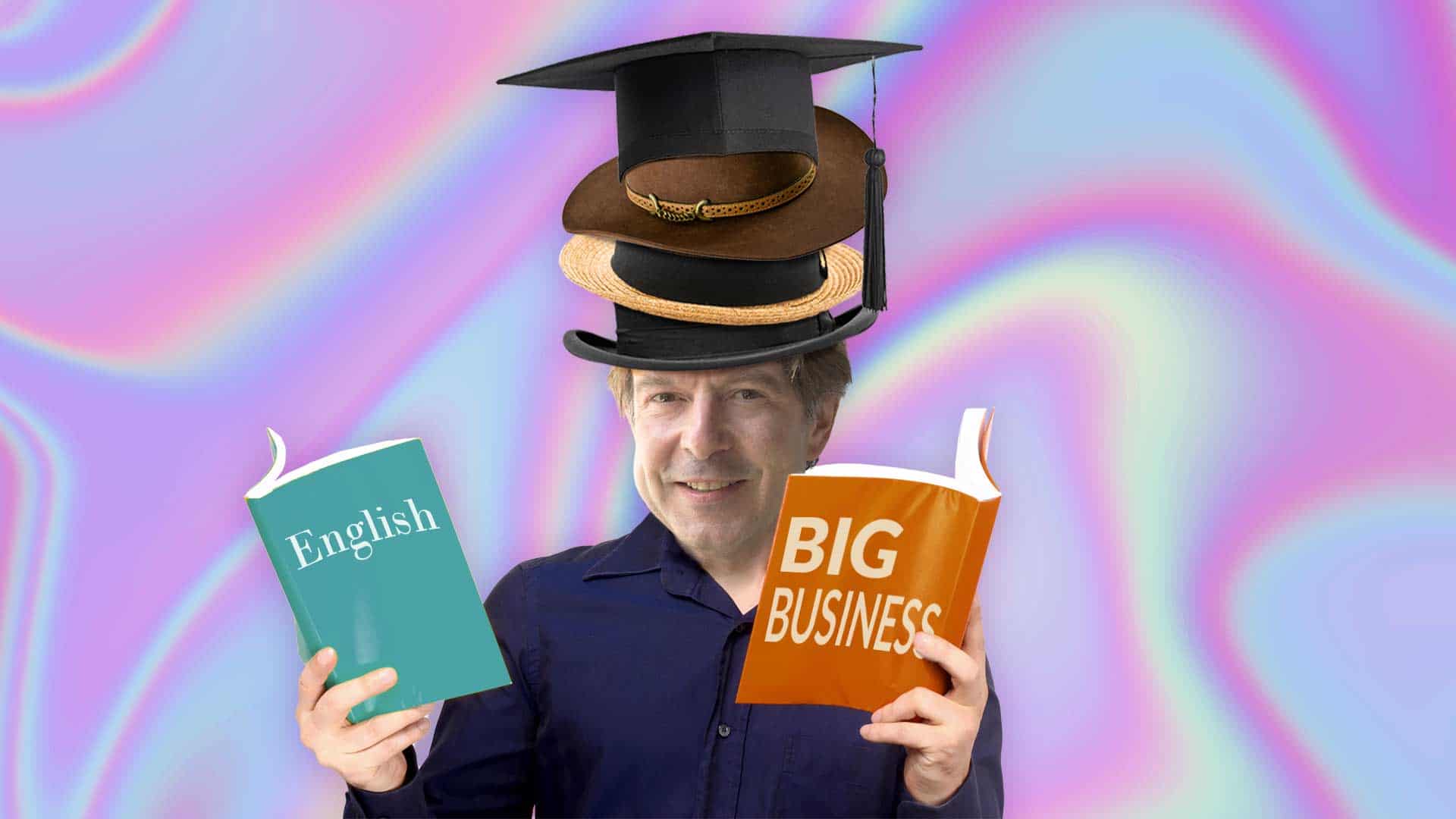We’re coming into the holidays, and you know what that means—it’s time to add a little sparkle and get a little tinseled. After all, there’s nothing like sprucing up to get attention. You might say it works the same way in B2B technology marketing, although (spoiler alert) it’s highly unlikely that blow-up characters and garish lights will seal the deal for you. Not to worry, we’ve got something better to last the whole year through.
At 2A, we’ve come up with a full-stack approach to lighting up your marketing assets. We put engaging copy and arresting design into motion, creating a scrollable, interactive web experience. You can full-stack just about any written content—from case studies to ebooks to you-name-it-we-can-do-it! It’s a surefire way to put a fresh spin on an asset that’s just too good to miss.
Recently, we created a full-stack experience for WeaveWorks to add some twinkle to their GitOps ebook. While the content is the same as our PDF version, the experience appeals to a whole new audience and effectively extends the asset’s reach.
“Removing the barrier of logging in, downloading and waiting for an email allows us to deliver our ebook content to prospects faster,” said Sonja Schweigert, VP of Marketing at Weaveworks. “Giving ours the full-stack treatment allows people the option of scrolling through the content from the convenience of their phone or tablet instead. It’s a nice change from a typical webpage asset, because we can meet the reader on the device and channel of their choice and still give them the full story. 2A Consulting not only wowed me with timely and superb execution but also delivered an outstanding content and design experience for our clients.”
Curious about how the full-stack technology works? Erin, 2A’s head orchestrater behind the process, takes you behind the scenes of our case studies on the 2A website.
Curious about how to make the full-stack experience work for you? Give us a ringle jingle!





